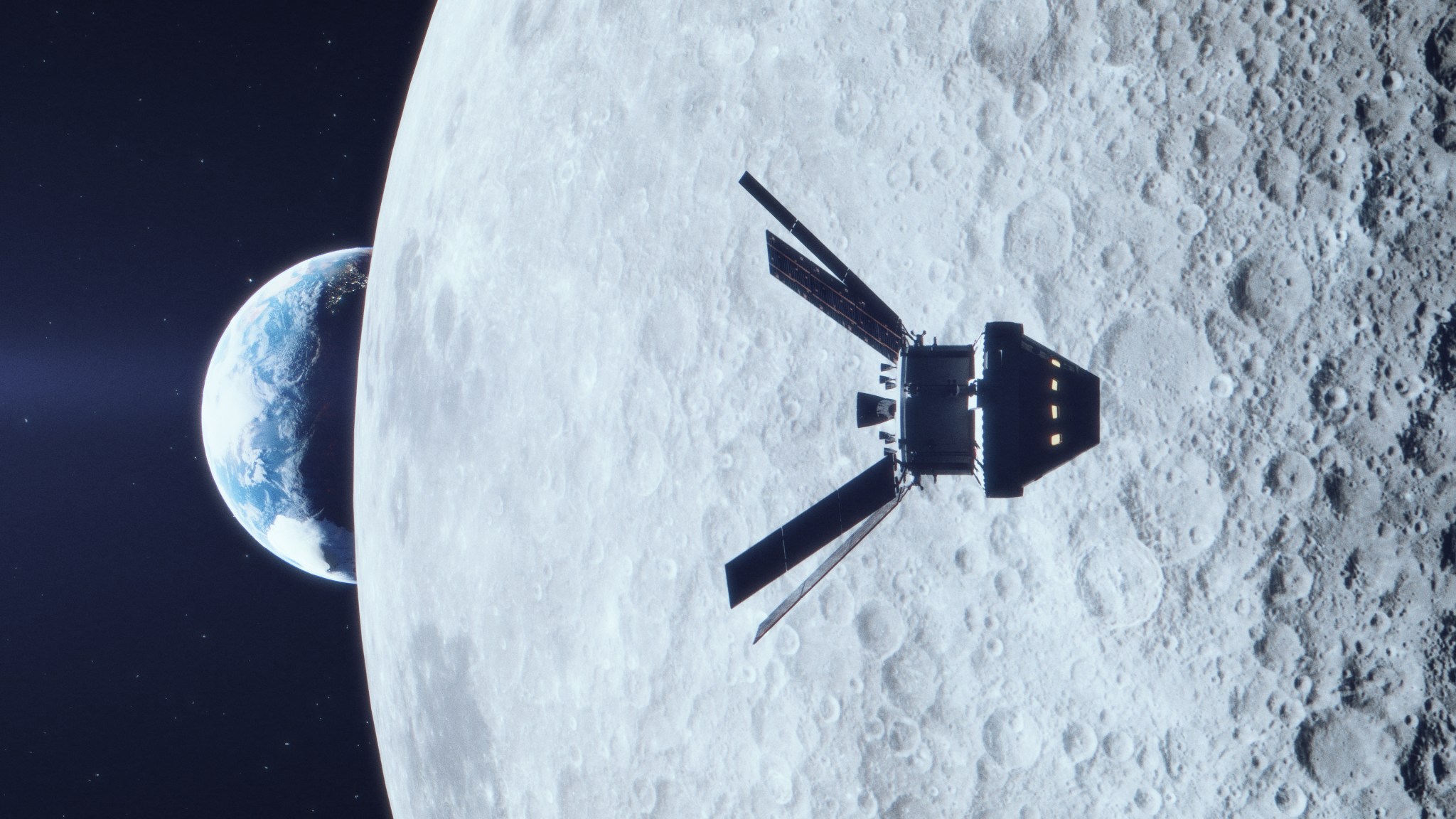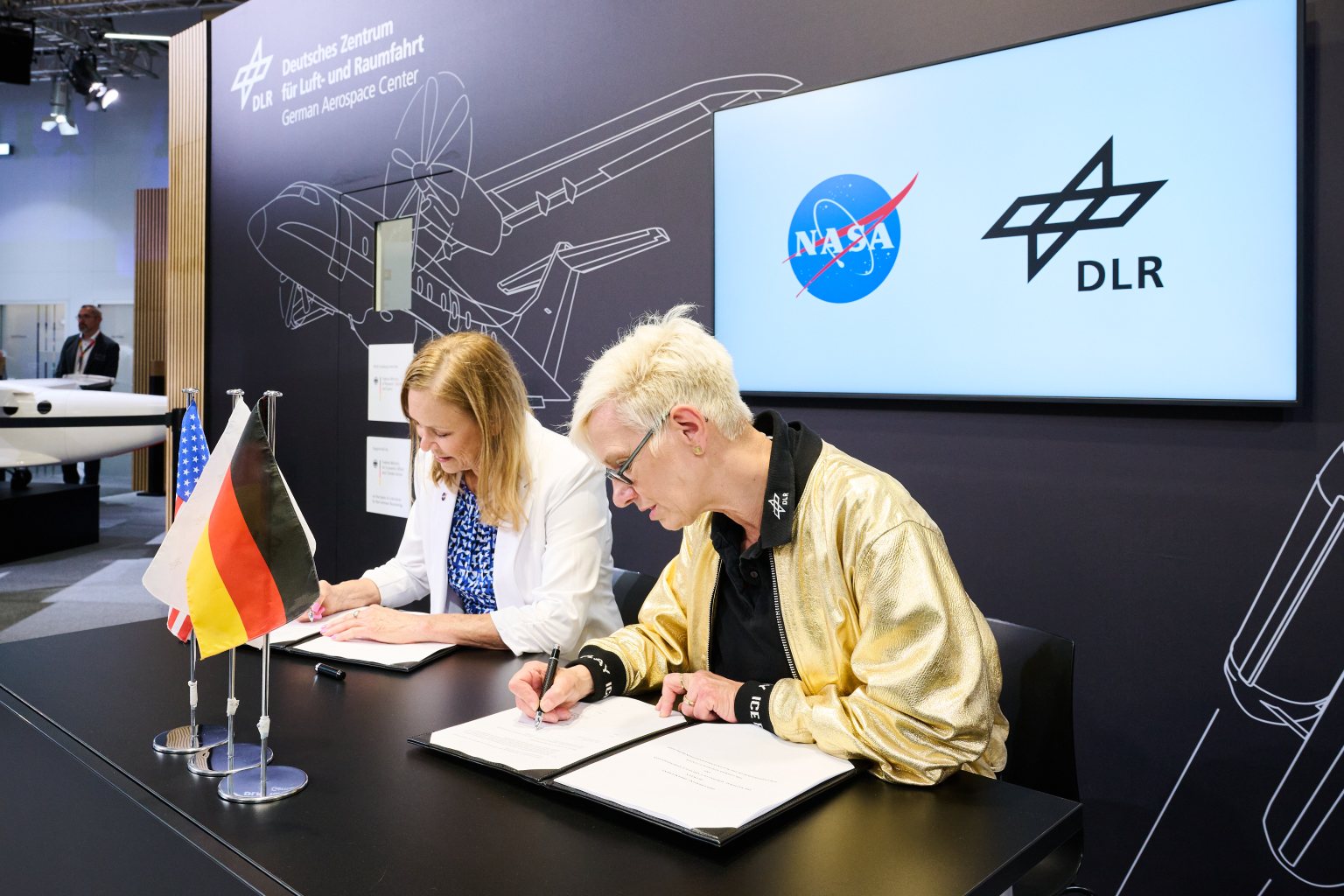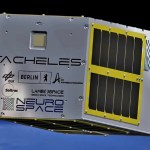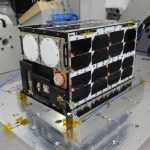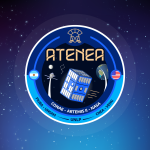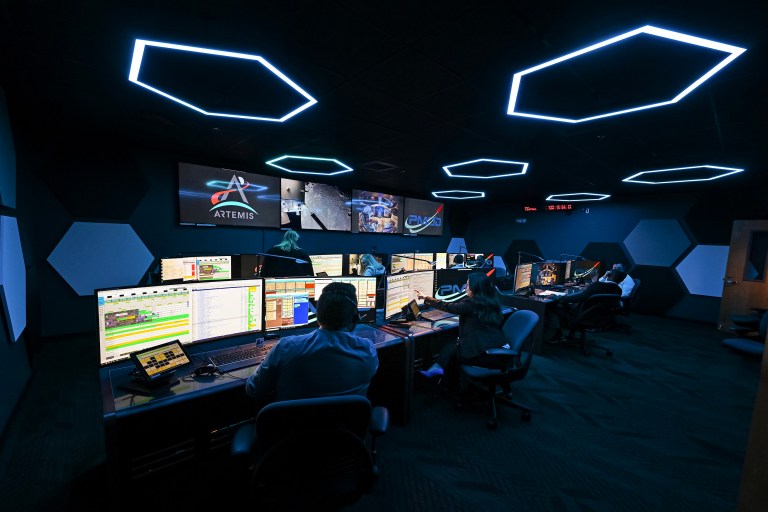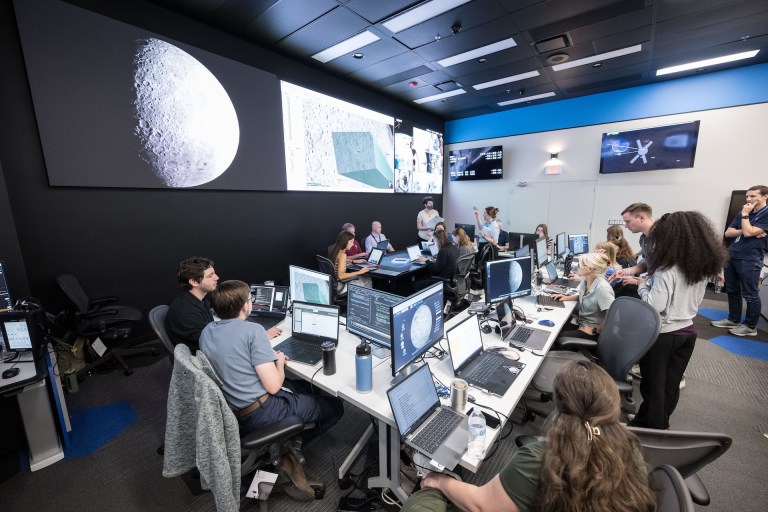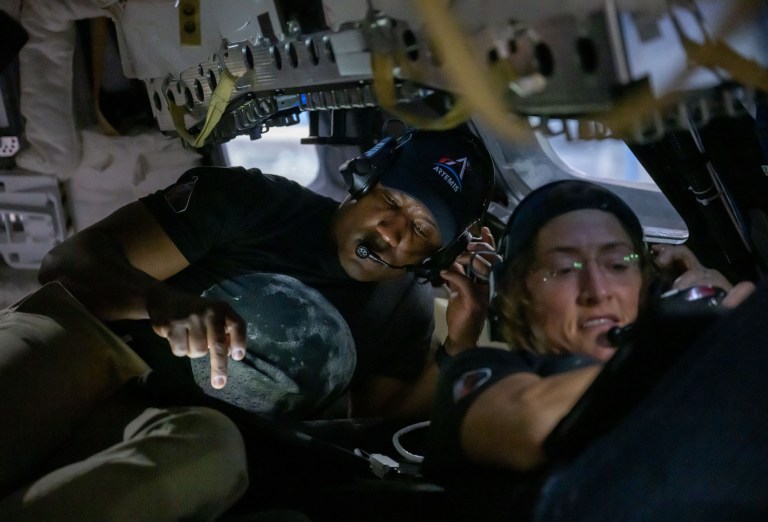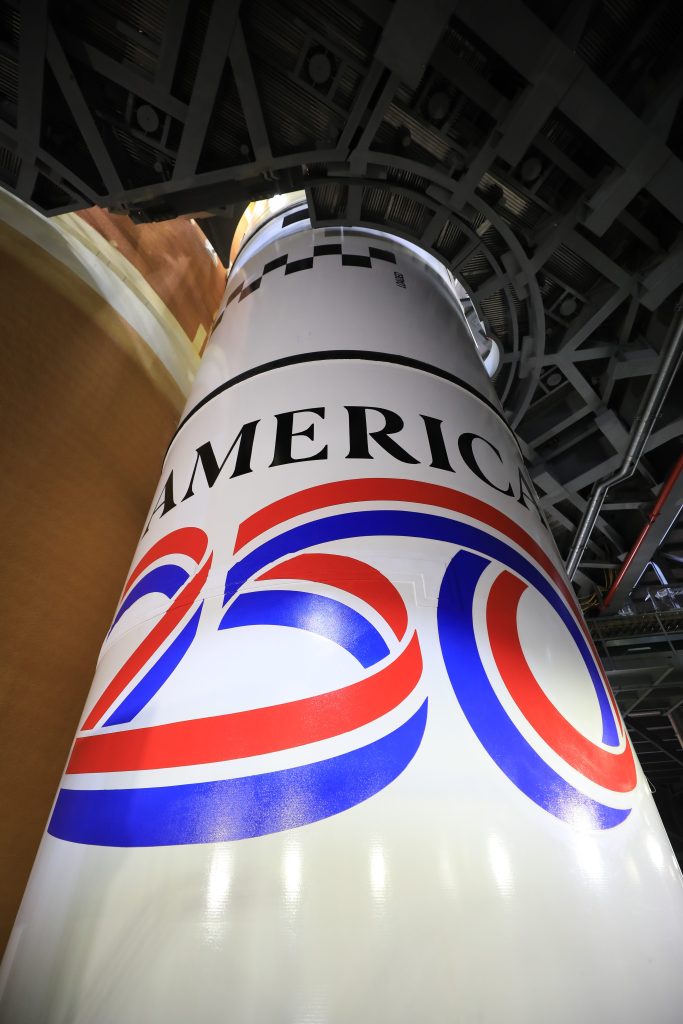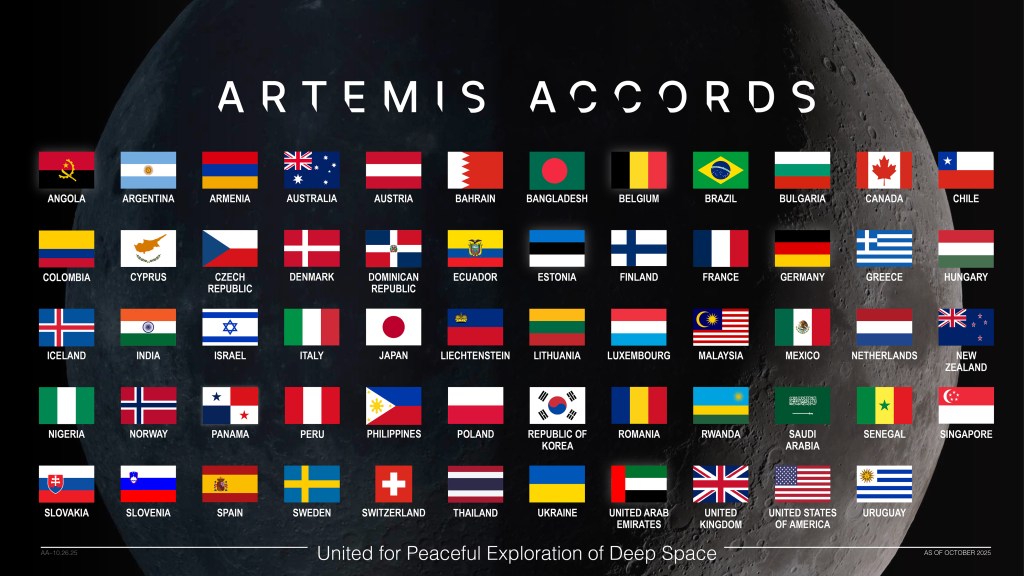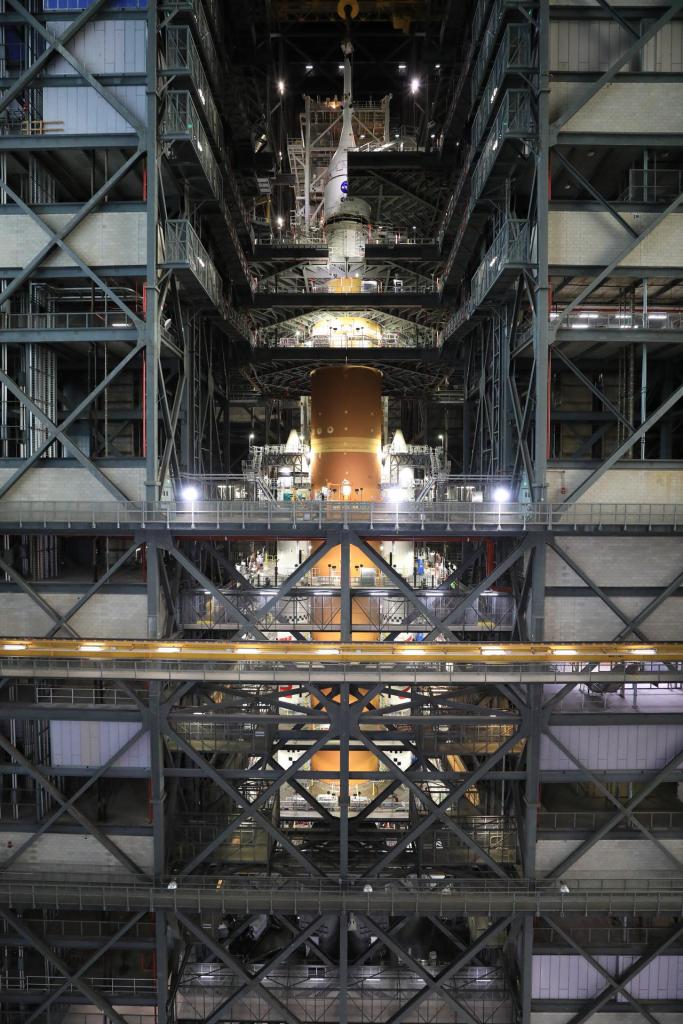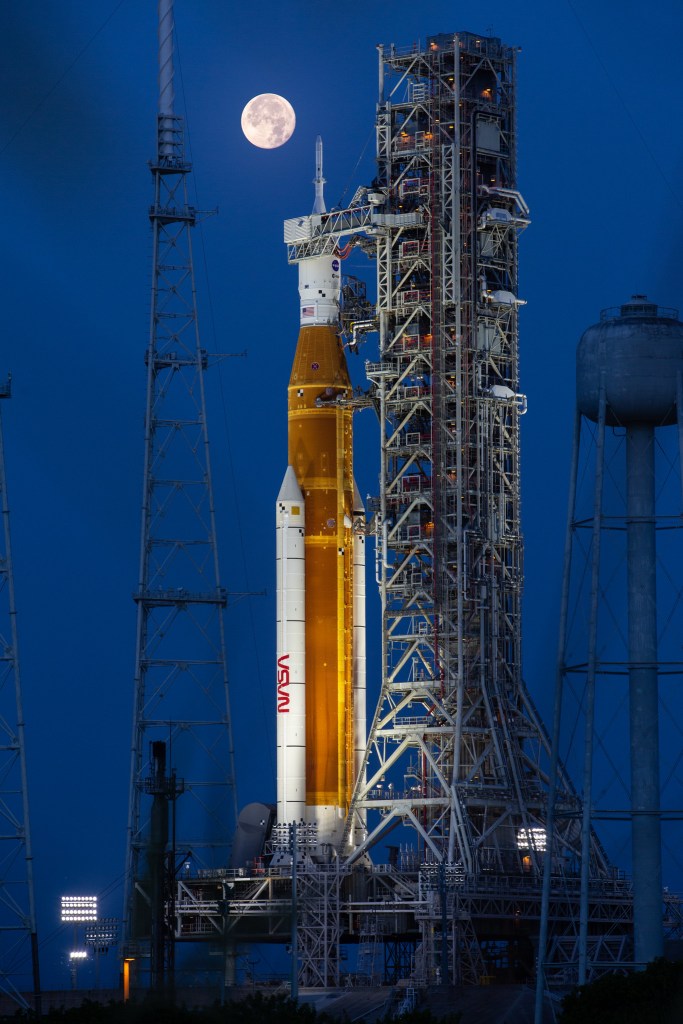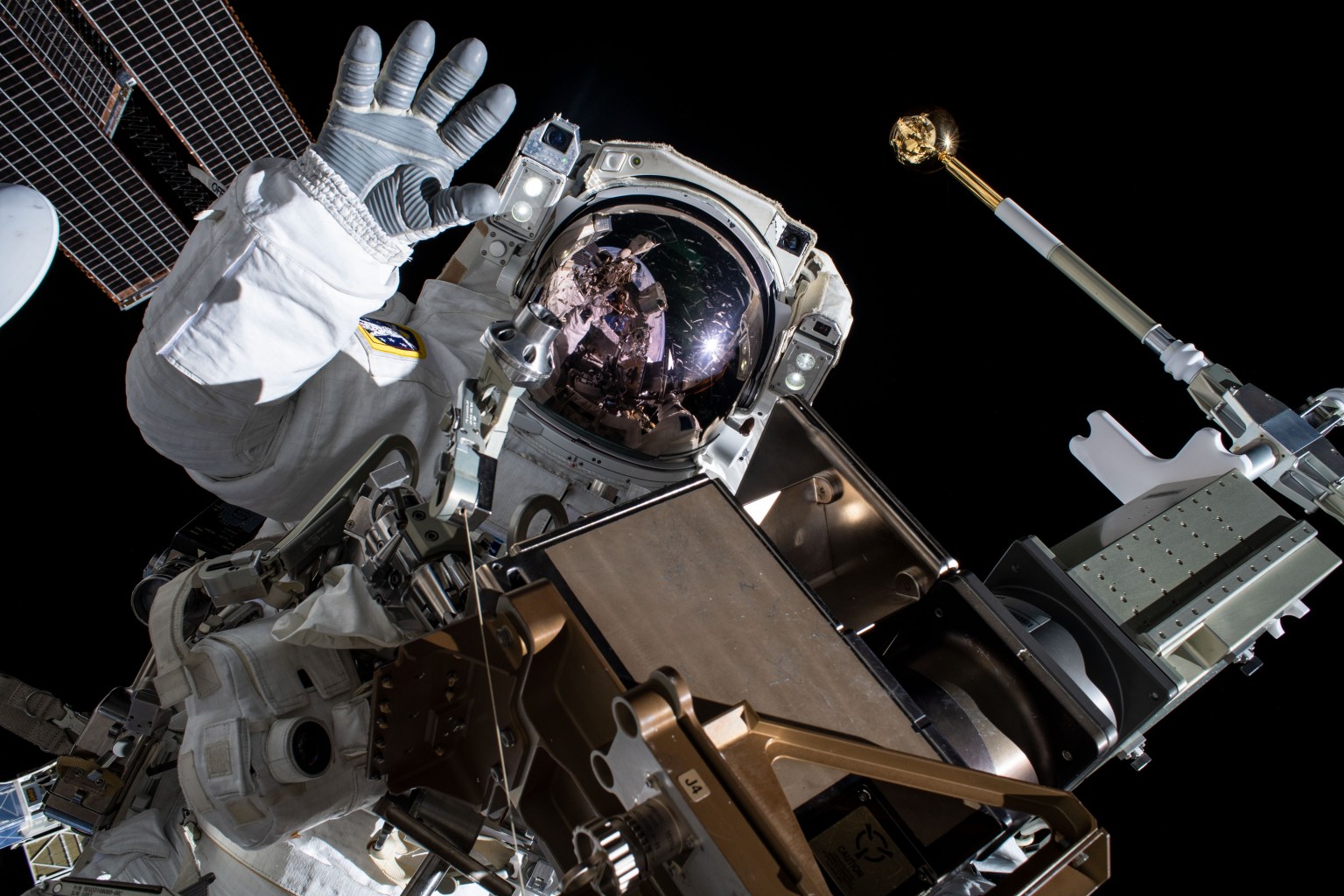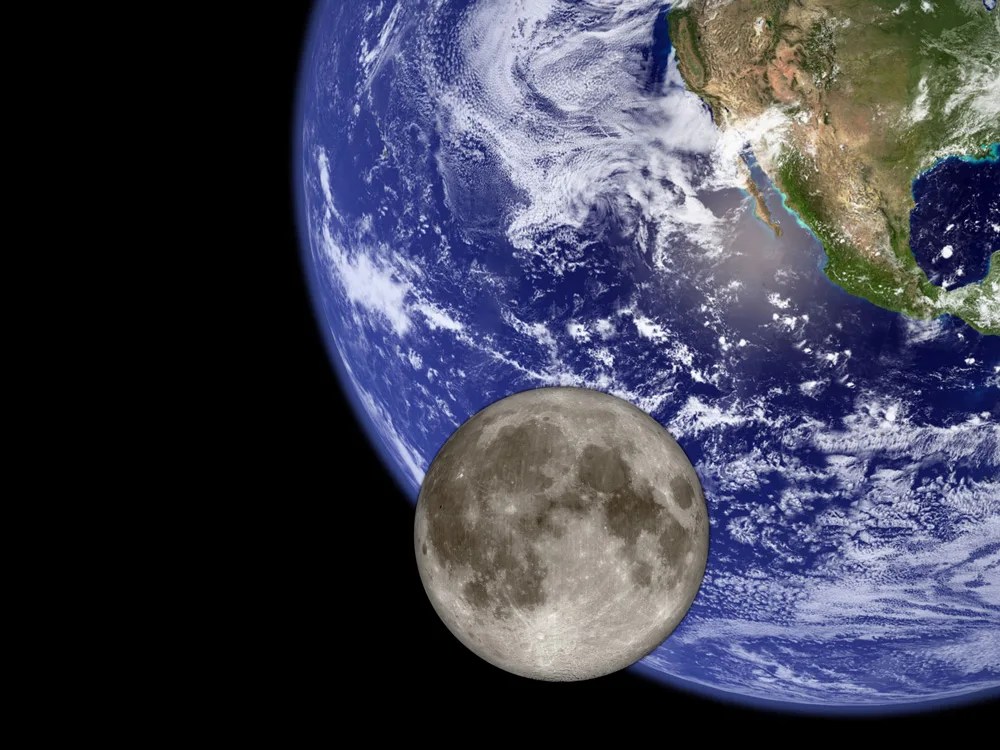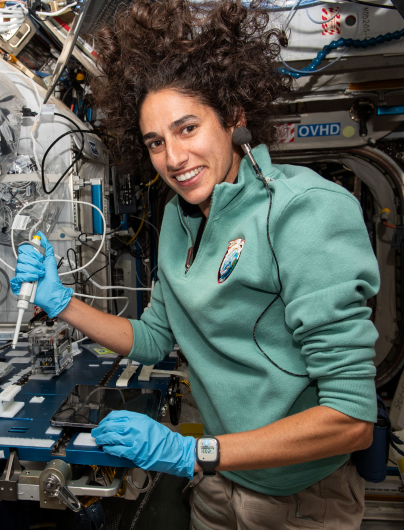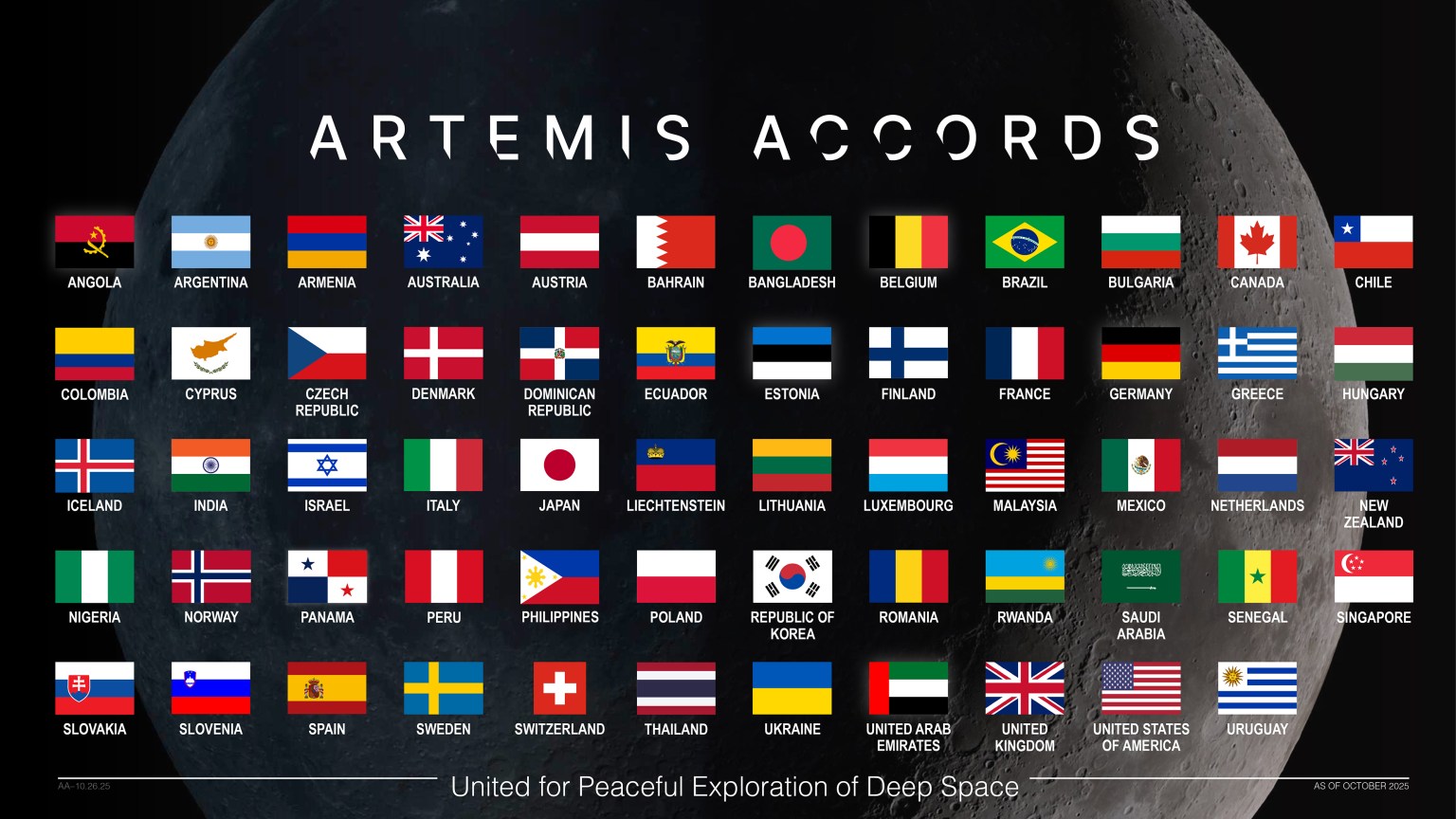Artemis II Science
What We’ll Learn
The Artemis II mission will carry astronauts farther from Earth and closer to the Moon than any human has been in over half a century. From this unique vantage point and environment, the Artemis II crew will work with scientists on Earth to facilitate science investigations to inform future human spaceflight missions.
Astronaut Health
The following studies focused on the health of Artemis II astronauts will provide NASA researchers with an unprecedented glimpse into how deep space travel influences the human body, mind, and behavior. Results will help the agency build future interventions, protocols, and preventative measures to best protect astronauts on future missions to the lunar surface and to Mars.
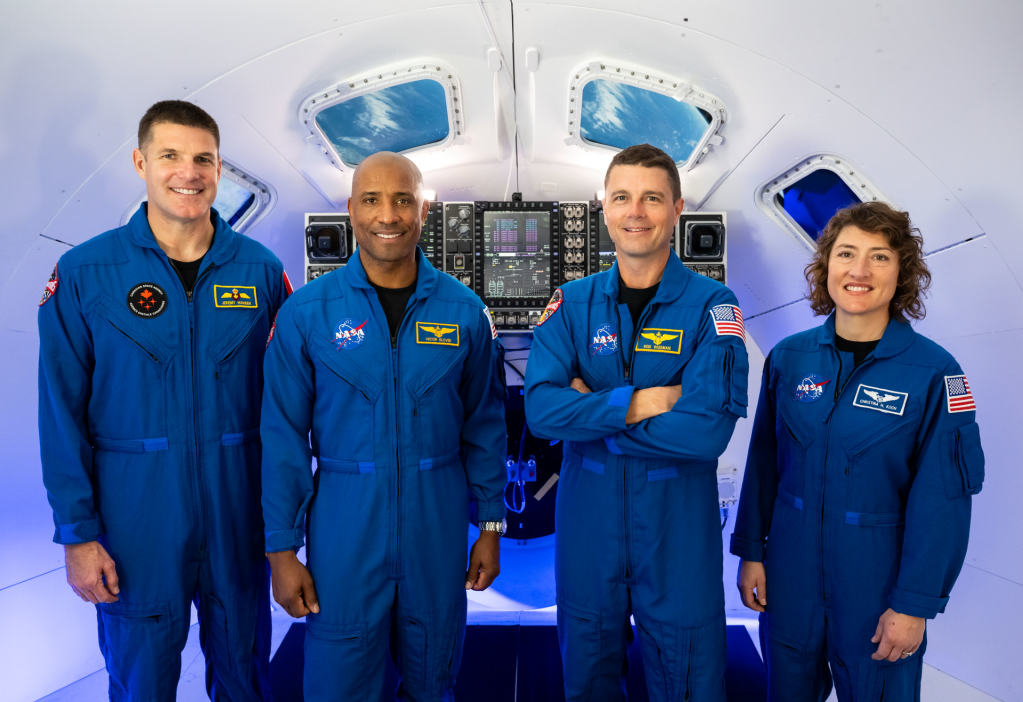
Studies Advance Human Spaceflight Research
Get an overview of how NASA is using Artemis II to better characterize the ways in which deep spaceflight affects the human body.
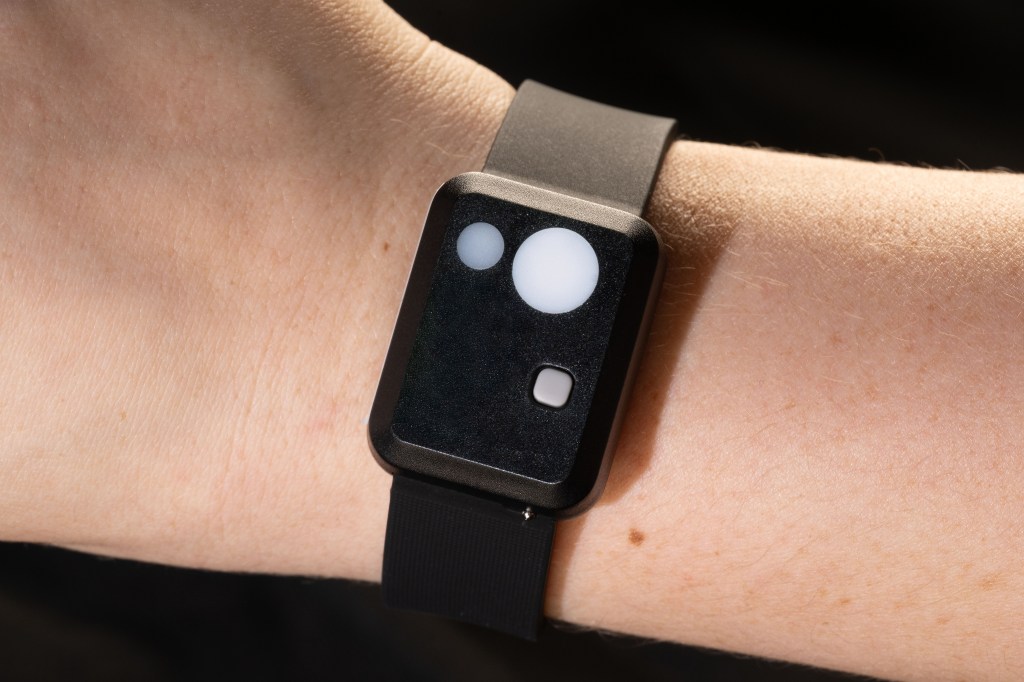
ARCHeR
A study on Artemis II will monitor participating astronauts' well-being, activity and sleep patterns to learn more about human health and performance in deep space.
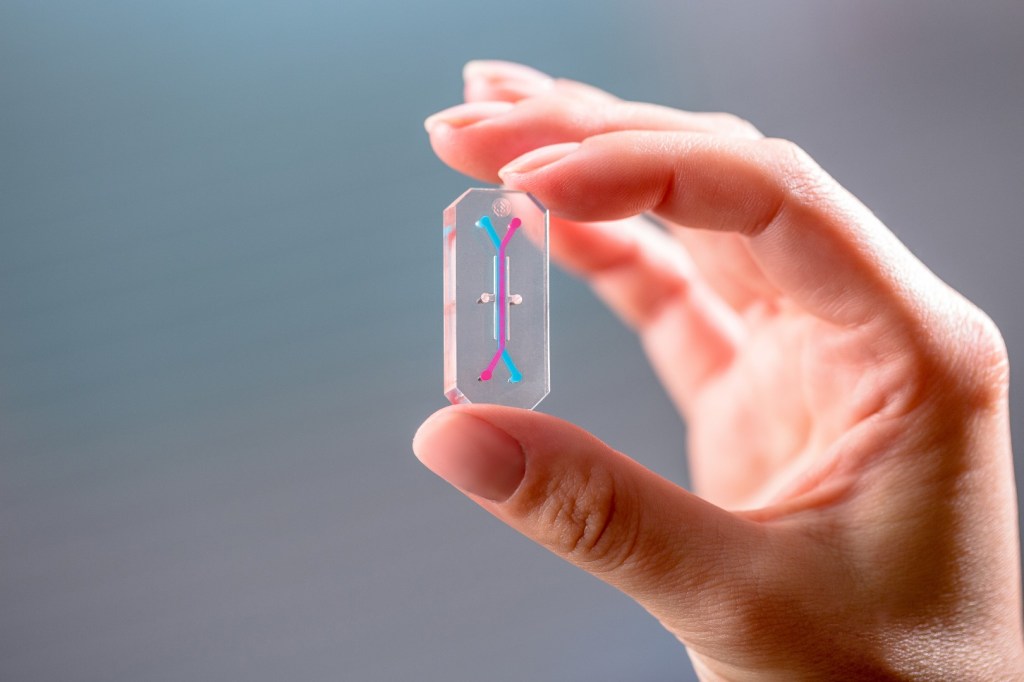
AVATAR
An investigation will use organ-on-a-chip devices to study the effects of increased radiation and microgravity on crew health
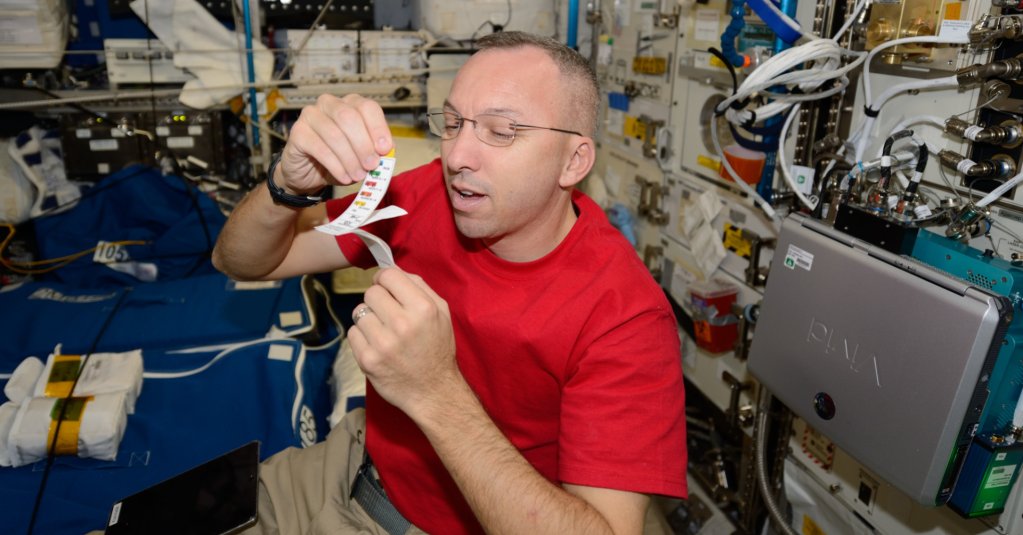
Immune Biomarkers
Scientists will analyze blood and saliva samples from Artemis II crew members to see how deep space changes the immune system.
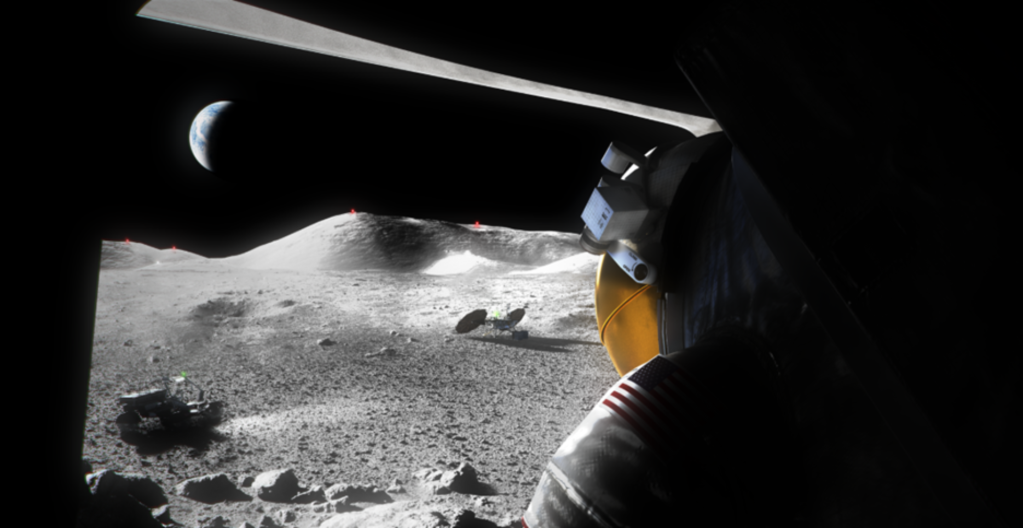
Artemis II Standard Measures
Crews are supplying a consistent set of health information to a data bank so that future researchers can learn more about astronaut health.

Radiation Studies
Equipment will monitor radiation levels inside and outside the Orion capsule to help characterize the deep space environment.
Observe and Record
Lunar Science
The Artemis II astronauts will be the first humans to fly by the Moon in more than 50 years and will serve as scientific ambassadors to our nearest neighbor.
On the journey to the Moon and back, the Orion capsule will fly by the far side of the Moon — the side that always faces away from Earth. During this three-hour period, astronauts will analyze and photograph geologic features, such as impact craters and ancient lava flows. They will rely on the extensive geology training they received in the classroom and in Moon-like places on Earth to describe nuances in shapes, textures, and colors — the type of information that reveals the geologic history of an area. These skills will be critical to exploring the Moon’s South Pole region through future missions.
Learn More about Lunar Science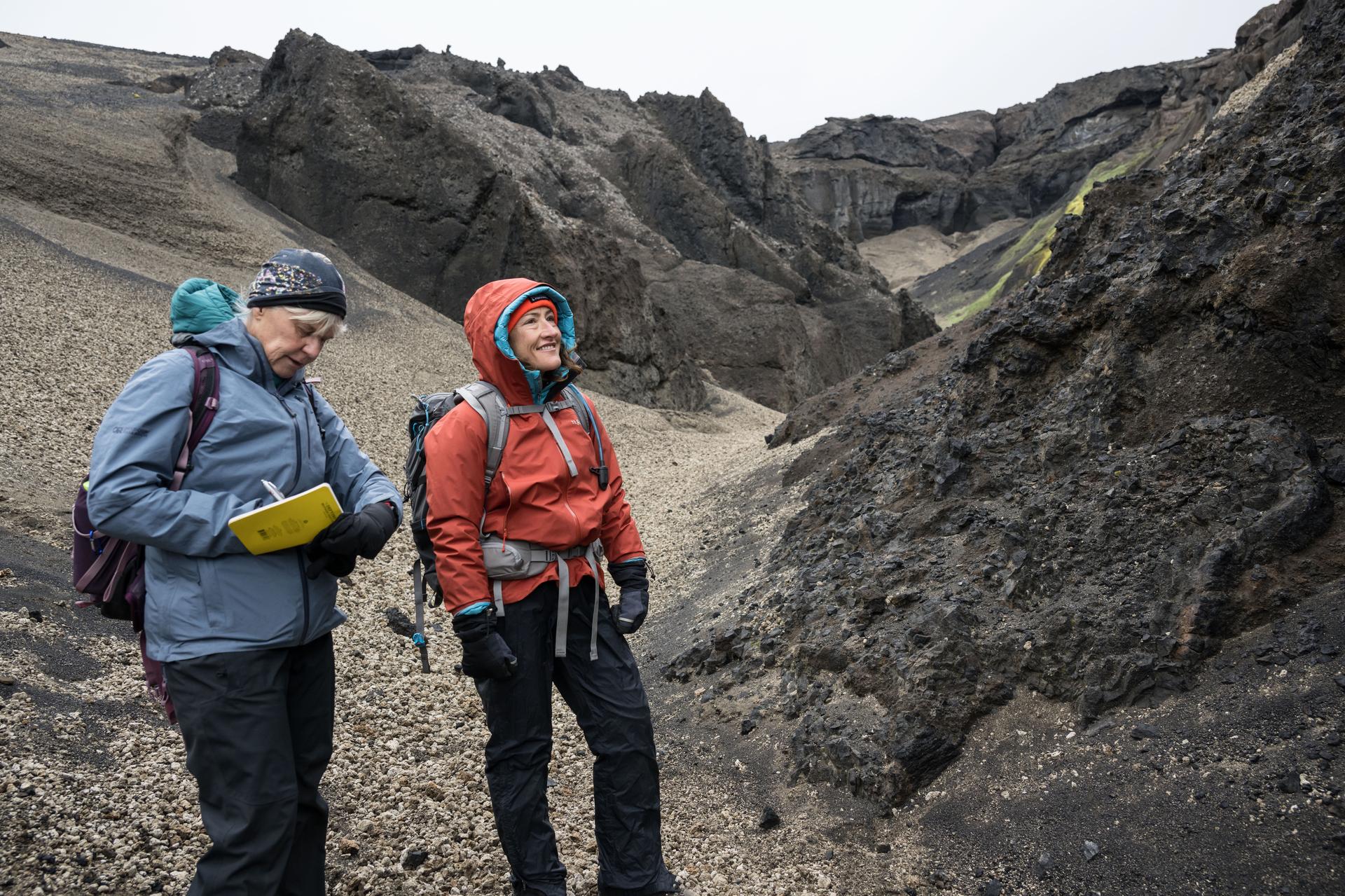
CubeSats
Several international space agencies will conduct scientific research through Artemis II
Space agencies from Germany, South Korea, Saudi Arabia, and Argentina will fly CubeSats aboard Artemis II. The CubeSats, which have their own distinct objectives from NASA’s primary mission of sending four astronauts around the Moon, will be deployed in high Earth orbit. In addition to the CubeSats, the German Aerospace Center (DLR) will conduct radiation research.
Learn Morecubesats
Science in Action
Space Weather
The Artemis II crew will fly well beyond Earth’s protective magnetosphere, exposed to some of the harshest elements in space. NASA and NOAA will provide 24/7, real-time space weather forecasting and analysis to the Artemis II mission manager, flight director, and console operators during the mission. The Artemis II space weather team will track coronal mass ejections and solar flares — powerful phenomena that have the potential to harm human tissue and disrupt electronic systems — to provide advanced warnings for crew to take protective measures aboard Orion if necessary.
Learn More
























